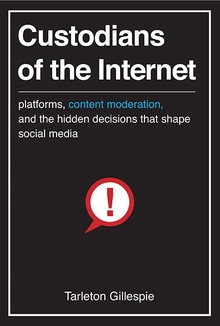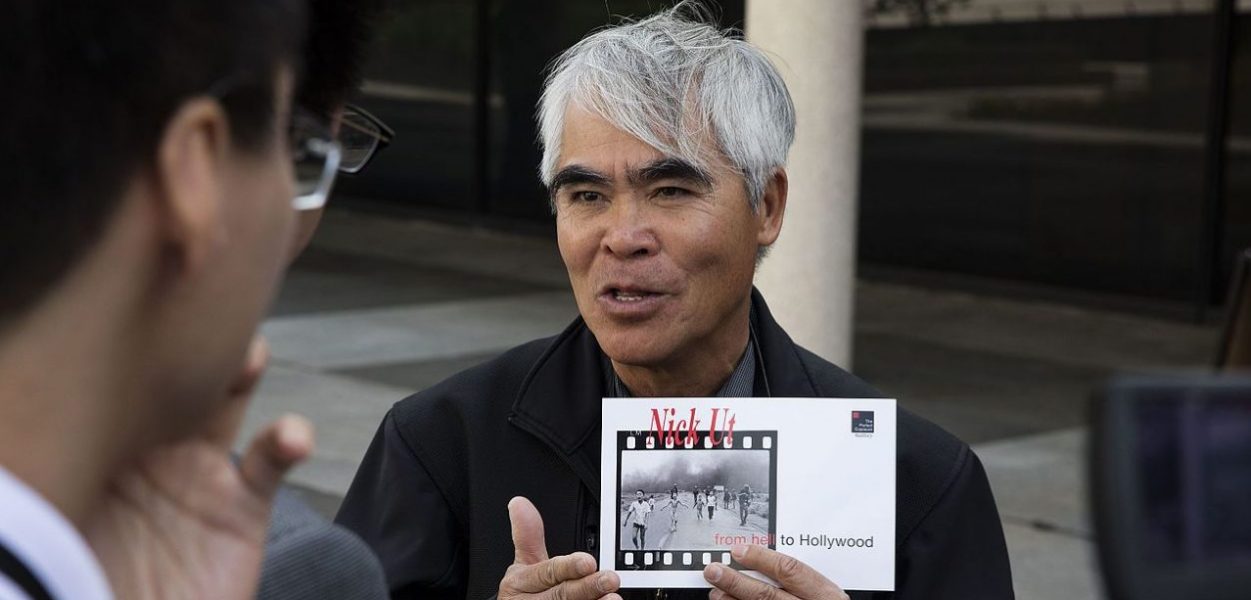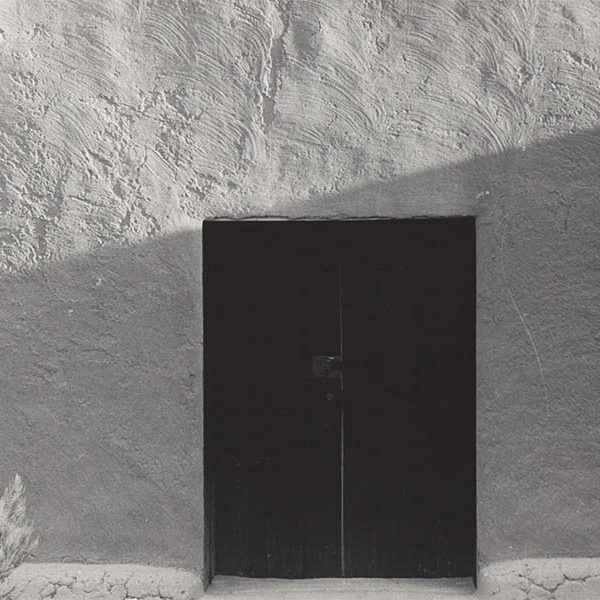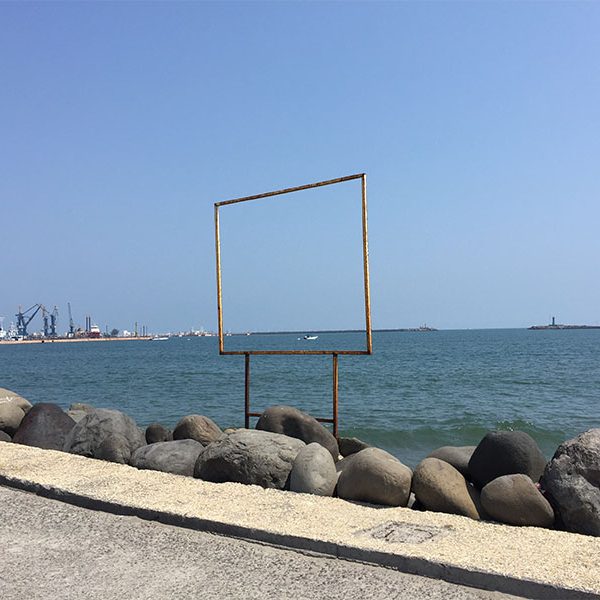“Napalm Girl”
Tarleton Gillespie—
Titled The Terror of War but more commonly known as “Napalm Girl,” the 1972 Pulitzer Prize–winning photo by Associated Press photographer Nick Ut is perhaps the most indelible depiction of the horrors of the Vietnam War. You’ve seen it. Several children run down a barren street fleeing a napalm attack, their faces in agony, followed in the distance by Vietnamese soldiers. The most prominent among them, Kim Phuc, naked, suffers from napalm burns over her back, neck, and arm. The photo’s status as an iconic image of war is why Norwegian journalist Tom Egeland included it in a September 2016 article reflecting on photos that changed the history of warfare. And it was undoubtedly some combination of that graphic suffering and the underage nudity that led Facebook moderators to delete Egeland’s post.
After reposting the image and criticizing Facebook’s decision, Egeland was suspended twice, first for twenty-four hours, then for three additional days. Norway’s daily newspaper Aftenposten then reported on his suspensions and included the photo; Facebook moderators subsequently instructed the newspaper to remove or pixelate the photo, then went ahead and deleted it anyway. The editor in chief of Aftenposten took to the newspaper’s front page to express his outrage at Facebook’s decision, again publishing the photo along with a statement directed at Facebook CEO Mark Zuckerberg. In it he criticized both the decision and Facebook’s undue influence on news, calling Facebook “the world’s most powerful editor.” Many Norwegian readers, even the prime minister of Norway herself, reposted the photo to Facebook, only to have it quickly removed.
More than a week after the image was first removed, after a great deal of global news coverage critical of the decision, Facebook reinstated the photo. Responding to the controversy, Facebook Vice President Justin Osofsky explained:
These decisions aren’t easy. In many cases, there’s no clear line between an image of nudity or violence that carries global and historic significance and one that doesn’t. Some images may be offensive in one part of the world and acceptable in another, and even with a clear standard, it’s hard to screen millions of posts on a case-by-case basis every week. Still, we can do better. In this case, we tried to strike a difficult balance between enabling expression and protecting our community and ended up making a mistake. But one of the most important things about Facebook is our ability to listen to our community and evolve, and I appreciate everyone who has helped us make things right. We’ll keep working to make Facebook an open platform for all ideas.
It is easy to argue, and many did, that Facebook made the wrong decision. Not only is Ut’s photo of great historical and emotional import, but it also has been “vetted” by Western culture for decades. And Facebook certainly could have handled the removals differently. At the same time, what a hard call to make! This is an immensely challenging image: a vital document of history, so troubling an indictment of humanity that many feel it must be seen—and a graphic and profoundly upsetting image of a fully naked child screaming in pain. Cultural and legal prohibitions against underage nudity are firm across nearly all societies, with little room for debate. And the suffering of these children is palpable and gruesome. It is important precisely because of how Kim Phuc’s pain, and her nakedness, make plain the horror of chemical warfare. Its power is its violation: “the photo violates one set of norms in order to activate another; propriety is set aside for a moral purpose. It is a picture that shouldn’t be shown of an event that shouldn’t have happened.” There is no question that this image is obscenity. The question is whether it is the kind of obscenity of representation that should be kept from view, no matter how relevant, or the kind of obscenity of history that must be shown, no matter how devastating.
Much of the press coverage treated Facebook’s decision to remove the image as a thoughtless one, even an automatic one. But Egeland’s post was almost certainly removed by a paid, human reviewer, though it may have been flagged by automatic software or by a user. Nor was it an error: in fact, Facebook had a specific policy on this specific image, which it had encountered before, many times. It was later reported by Reuters that the famous photo “had previously been used in training sessions as an example of a post that should be removed. . . . Trainers told content-monitoring staffers that the photo violated Facebook policy, despite its historical significance, because it depicted a naked child, in distress, photographed without her consent.” Ut’s photo is a test image, literally and figuratively, a proxy with which an industry and a society draws parameters of what is acceptable.
It is important to remember, however, that traditional media outlets also debated whether to publish this image, long before Facebook. In 1972 the Associated Press struggled with whether even to release it. As Barbie Zelizer tells it, “Ut took the film back to his bureau, where he and another photographer selected eight prints to be sent over the wires, among them the shot of the napalmed children. The photo at first met internal resistance at the AP, where one editor rejected it because of the girl’s frontal nudity. A subsequent argument ensued in the bureau, at which point photo department head Horst Faas argued by telex with the New York office that an exception needed to be made; the two offices agreed to a compromise display by which there would be no close-up of the girl alone. Titled ‘Accidental Napalm Attack,’ the image went over the wires.” The first version of the photo the Associated Press released was lightly airbrushed to minimize the hint of Kim Phuc’s pubic hair—though the untouched photo was also made available, and was what most newspapers ran the next day. The New York Times was the first to publish the photo, and it too had an internal debate as to whether it could do so. Though many U.S. and European newspapers published the photo, many did so after much debate, and some did not. And some readers were offended by the photo, enough to send their complaints to the newspapers: “Readers’ letters labeled the display ‘nauseating,’ ‘obscene,’ and in ‘poor taste,’ on the one hand, and urged the photo’s widespread display so as to end the war, on the other.”
Since the moment it was taken, this photo has been an especially hard case for Western print media—and it continues to be so for social media. It was always both a document of war and a troubling object of concern itself: “Kim’s suffering was captured and published movingly in a still photograph—and the still is what became the iconic image—but the photograph also immediately became a story.” At the time, commentators like Susan Sontag wrote extensively about it; U.S. President Richard Nixon mused on his secret White House recordings whether it had been faked; many others have acknowledged its troubling power ever since—in articles like Egeland’s.
From Custodians of the Internet by Tarleton Gillespie. Published by Yale University Press in 2021. Reproduced with permission.
Tarleton Gillespie is a principal researcher at Microsoft Research New England and an affiliated associate professor at Cornell University. He cofounded the blog Culture Digitally.
Further Reading:



























